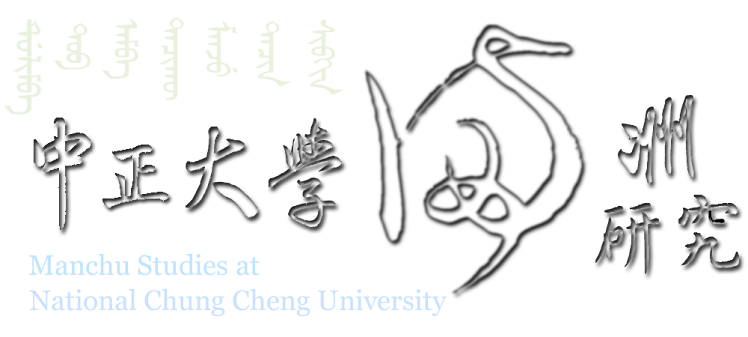Jerry Lee Norman (羅杰瑞; July 16, 1936 – July 7, 2012) was an American sinologist and linguist who was known for his study of the Manchu language and Chinese dialects. He died of idiopathic pulmonary fibrosis in Seattle on July 7, 2012. He is survived by his wife, Stella Chen Norman, a brother, sister, children, grandchildren, and a world of friends and admiring colleagues.
Biography
Norman was born July 16, 1936 in Watsonville, and he went to the University of California - Berkley, where he studied Chinese under Chao Yen Ren. In 1965 he worked with Leo Chen on an introduction to the Fuzhou dialect and a Fuzhou-English glossary. In 1966 he joined the Chinese Linguistics Project at Princeton University as a staff linguist. He subsequently went to Taiwan to engage in field research on Taiwanese, and in 1969 he completed his PhD at Berkeley, with a dissertation "The Kienyang Dialect of Fukien." He joined the faculty of the Department of Asian Languages and Literature in 1972. He remained at Seattle for his entire career, retiring as Professor emeritus in 1998. In 2006, he gave the Distinguished Faculty Lecture on "Inner Asian Words for Paper and Silk".
Manchu Dictionary
Norman is perhaps most recognized as the author of A Concise Manchu-English Lexicon, which appeared in 1978 (U. Washington Press) . An earlier version of this dictionary was published in 1967 (Taipei). Since late Spring of 2009, his student and collaborator David Prager Branner has been helping him get the final revision of his Manchu lexicographic material into shape for publication. He persuaded Norman to add material on pronunciation and the script. Just days before he died, having received the final proofs of the Manchu-English Dictionary, Norman completed one final amendment. He told his daughter, “I’m happy that dictionary is done.” The revised dictionary is scheduled to be published in 2013 by Harvard University Asia Center as A Comprehensive Manchu-English Dictionary. The new Dictionary, based exclusively on Ch'ing sources, not only retains all of the information from the earlier Lexicon, but also includes hundreds of additional entries cited from original Manchu texts, enhanced cross-references, and an entirely new introduction.
"Peer Reviews"
Alexander Vovin of the University of Hawai'i at Manoa, wrote in the online guest book: "Professor Norman was one of the greatest Western specialists in the Manchu language. His everlasting contributions to Manchu lexicography as well as to the historical Manchu and Tungusic phonology cannot be overestimated." One of his former students, Stephen Durrant of the University of Oregon (who completed his doctoral studies under the late Paul Serruys and Jerry Norman, recalled him as "a magnificent scholar, a generous teacher and a kind man." Laurent Sagar of the Centre de recherches linguistiques sur l'Asie orientale (CRLAO - UMR 8563) unit of the Centre National de la Recherche Scientifique (CNRS) echoed the sentiments of many former students and colleagues when he wrote that Jerry Norman "was a great scholar who has changed the way we look at Chinese." Wolfgang Behr of the University of Zurich commented: "He has been a true giant in so many linguistic fields, someone who[m] I will continue to admire for his scientific creativeness, independence of mind, argumentative precision, consistency and clarity. " (Ed. by Tak-sing Kam, Manchu Studies Group, CCU)


